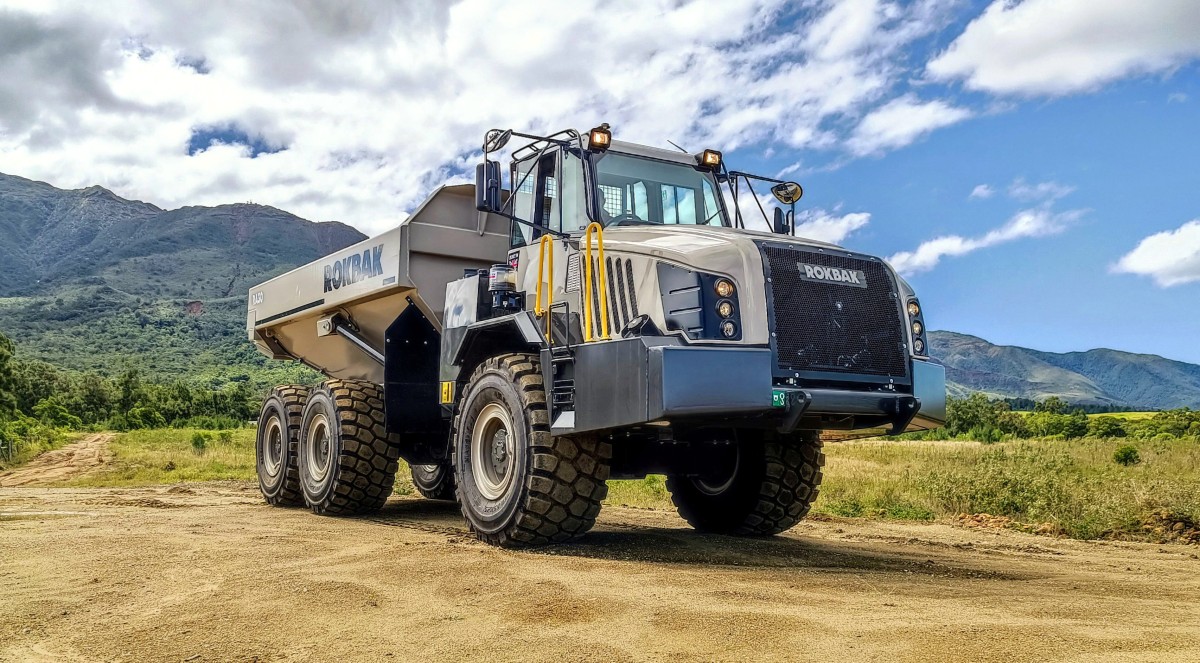Home \ International \ Simex and the importance of asphalt milling recycling
Simex and the importance of asphalt milling recycling
29/06/2022
Pubblicato da Ettore Zanatta
An considerable step forward for companies in the sector of road maintenance and paving, thanks to the new Simex CBA asphalt granulator bucket.
In the world of road maintenance and paving, as well as construction, the issue of recovering material deriving from demolition and scarification is becoming increasingly urgent, with the dual objective of combining environmental protection with economic savings. Those who work in the sector are well aware of the huge costs of transporting and disposing of asphalt and material from demolition, as well as the costs for the purchase and transport of new raw materials to the site.
Now, as never before, it is necessary to realize the sector features its own circular economy, particularly in regards to bituminous conglomerates: road paving can be recycled several times, in full compliance with the regulations in force. Almost 10 million tons of milled bituminous conglomerate are produced every year in Italy. Significant amount, which corresponds to approximately 18% of all waste from C&D (Construction and Demolition).
Simex has chosen to focus on the recycling of asphalt milling, more correctly called today bituminous conglomerate granulate or RAP - Reclaimed Asphalt Pavement by the legislation, beginning from its expertise in the field of crushing and screening waste materials from demolition, creating a new specific bucket for the recovery of bituminous conglomerate and other construction site aggregates.
The Simex R&D department has combined the concept of milling drums with rotor crusher bucket technology, giving life to the range of CBA asphalt granulator buckets, available in two models: CBA 30 for 18 to 28-ton excavators, and CBA 40 for the 25 to 40-ton range. The equipment features a cylindrical drum consisting of interchangeable teeth, driven by large displacement radial piston hydraulic motors, in direct drive. The rear grid determines the grain size of the material output and is available in several configurations, to meet the different characteristics required for the milled material by the regulations in force in various countries. As always, developing this new equipment stems from actively listening to the market, to our dealers as end users, who, every day, must handle new application requirements, regulatory restrictions, administrative constraints and costs for the disposal of materials.
Recently, in the Baltic States, the company AS Baltem, headquartered in Peetri, near Tallinn (Estonia), decided to invest on the CBA asphalt granulator bucket to meet the needs of its own customer, who had to reduce volumetrically large volumes of asphalt slabs, accumulated over time in its material storehouse. Thanks to rear grid, the CBA 30 produced a bituminous conglomerate granulate with a grain size between 0 and 30 mm, specific request of the end client. The benefit was twofold: significant costs for the transport and storage of material at disposal plants have been avoided; on the other hand, the certifiable granulometry of the output size allowed to obtain a milled material that can be delivered to the appropriate bituminous conglomerate production sites, thus transforming a waste into a resource.
The CBA asphalt granulator buckets aim to ensure broad autonomy for operators engaged on a daily basis in road maintenance works, crushing aggregates and filling excavations for laying underground utilities. Cutting down the time and costs related to transport, minimizing the purchase of new raw materials, means optimizing the logistical and economic dynamics of your site, while keeping a watchful eye on the issue of environmental impact and the recovery of those materials which, subject to specific local regulations, could be considered a resource and no longer waste.

Ultime notizie di Simex

Equipments
10/02/2023
Commercial breakthrough for Simex in the US
On the occasion of Conexpo-CON/AGG 2023 Simex will launch on...

Equipments
27/09/2022
Simex RWE 100 wheel saw for demolition in Lucerne
LötscherPlus has relied on the Simex RWE 100 wheel saw, the...

Equipments
28/07/2022
New Simex PL 2000 road cold planer
The new Simex PL 2000 road cold planer is destinated to asph...

Equipments
19/07/2022
Crushing of reinforced concrete directly on site with the Simex CBE 40 crusher bucket
Great productivity and reliability for the Simex CBE 40 faci...

24/05/2021
Trenching for drainage pipes along Shanghai subway
Through its importer ATE, Shanghai Construction Group (SCG)...

23/10/2020
A Simex TFC 400 cutter head in a construction site in Ascoli Piceno, Italy
Simex TFC 400 provided very high performance and after 50 ho...
Altri International

International
21/11/2024
Kleemann: New compact crusher used for recycling
Impact crusher MOBIREX MR 100i NEO impresses during operatio...
International
21/11/2024
SITECH partners with Royal Engineers to create poppy and demonstrate tech offering
The demostration involved creating a ground-level poppy desi...

International
20/11/2024
Strong and stable RA30 trucks carry the weight at New Caledonian mine
Three Rokbak RA30 trucks are delivering exceptional durabili...

International
20/11/2024
Tadano AC 7.450-1 Performs Double Duty in Wisconsin
A cost-saving and versatile solution was already on site - a...

International
19/11/2024
Liebherr Tower Cranes and John Paul Construction celebrate 50 years of partnership
Irish construction company John Paul Construction is celebra...

International
18/11/2024
The CMC i23 aerial platform: an example of high performances
CMC i23 is designed to maximise operational efficiency in al...










































